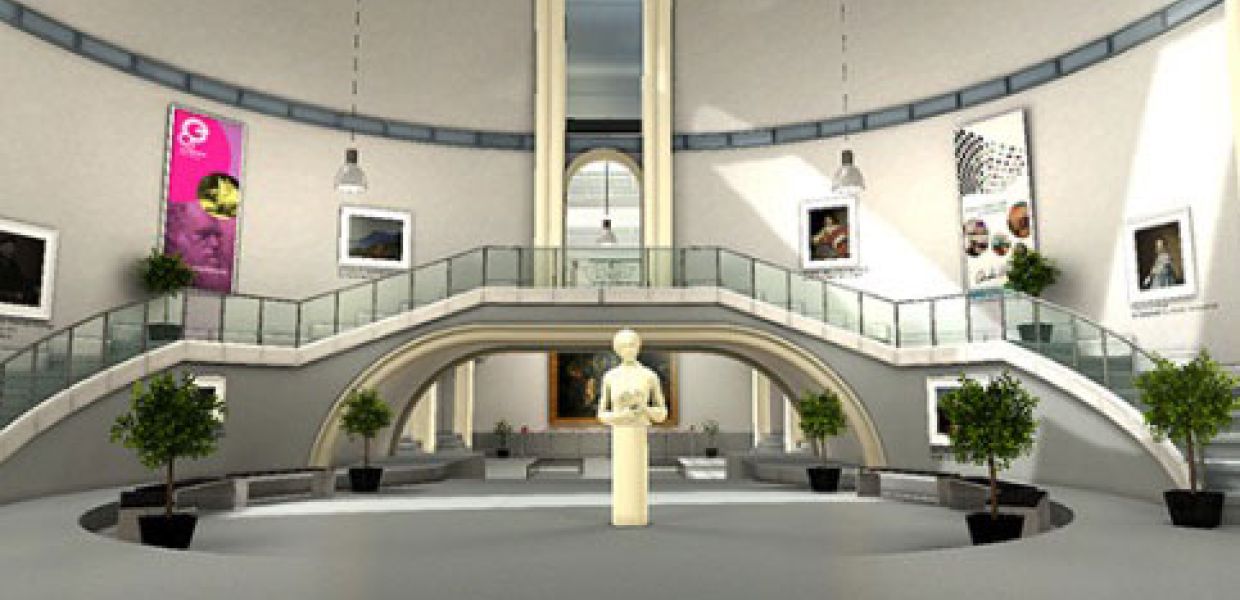The Internationalisation of European Culture

The news of Europeana's virtual reality museum prompted today's guest bloggers to think about how culture can be used to sculpt the European narrative, particularly about how the EU can use culture in its communications with the rest of the world.
Guest blog by Klaus Bondam, Director of the Danish Cultural Institute, Brussels and Maiken Høj, Communications officer, Preparatory Action Culture in EU external relations.
Last month, Europeana launched the idea of an online virtual museum, cleverly called 'EUseum', which makes the European Museum one step closer to reality. The potential is for EUseum to promote cultural exchange and transnational exhibitions, which might, ultimately, succeed in enhancing cultural integration within the borders of the EU. The instant sharing of cultural heritage and online access to the comprehensive cultural collection which Europe has developed over ‘la longue durée’ is inevitable. But there might be even more to it.

The EUseum virtual reality demonstration
There is on-going reflection about the need for a new narrative for Europe. We believe that these discussions and initiatives like the Preparatory Action ‘Culture in EU external relations’ point in the same direction as Europeana: by culturally re-arming Europe, our united powers can create (re)actions within the EU and a stronger sense of being European, in whatever sense that might be appropriate for each individual. But we also believe thast the potential might expand to even wider success – outside the EU.

Re-arming culturally
What third countries, by which we mean non-EU states, often point out when accessing the EU - in search of cooperation, strategic partnership or other engagement - is a lack of unity. For them, the EU’s motto of ‘unity in diversity’ is not easy to implement in a business plan as there are many different agendas and cultures at stake. So instead, they access each individual member state separately.
From this perspective, an online European museum is more than an advanced technical achievement, it is more than just opening the cultural sources of Europe to the public and most importantly it goes beyond the traditional culture schemes of Europe by setting up intercultural dialogue. It involves Europe as a whole. 'EUseum’ and Europeana could be the gate through which the world accesses the cultural sector of Europe, and the meeting point where the national museums and institutions start sharing collections and exhibitions as Europeans and not exclusively as nations.
The paradigm shift followed by the launch of the new narrative for Europe and related initiatives has a clear importance for public diplomacy, intercultural dialogue and the empowerment of citizens in articulating the European story and identity in the year 2014. There is a clear bottom-up strategy, in which the narrative of the EU is given voice by Europeans’ own tongues – not just that of Brussels.
Culture in external relations
The before mentioned Preparatory Action Culture in EU external relations was launched by the European Commission with the purpose of making recommendations on how to strengthen the role of culture in the external relations of the European Union. The action is executed by a consortium of eight member institutions led by the Goethe Institute and followed by BOZAR, British Council, Danish Cultural Institute, ECF, IFA, Institut francais and KEA European Affairs. The agenda is not to seek any mandate from the member states but to facilitate and support an on-going process of research, and an exchange of knowledge and public debate about the role of culture in the EU’s external relations.
When reflecting on the potential of both Europeana and ‘EUseum’ through the lens of the Preparatory Action, we see initiatives that could trigger more ‘Europeanisation’ of the national museum institutions and their exhibitions. The ambition is to present a much more identifiable face of the EU towards the strategic partners and third countries in our external relations. The use of cultural dialogue arms the EU to enter the international arena without military power or economic superiority and to build up external relations on the basis of mutual understanding, intercultural dialogue and cultural attraction.
Find out more about Culture in EU external relations by visiting the website or following the action on Facebook or Twitter @CultExtRel.
